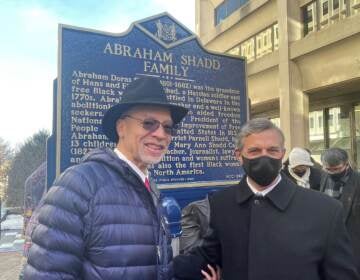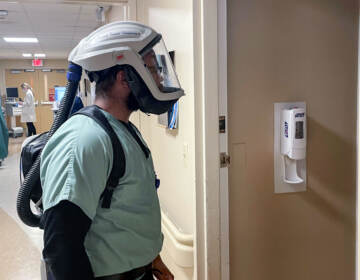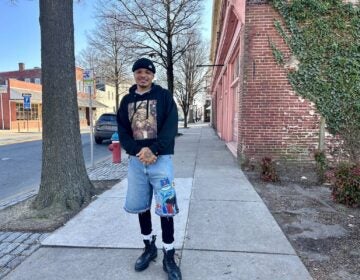‘Hope is coming’ to Wilmington’s East Side with $30 million for new and renovated homes
The mayor says the neighborhood has been “neglected for decades and decades.” He says improvements will be noticeable within six months.
Listen 2:54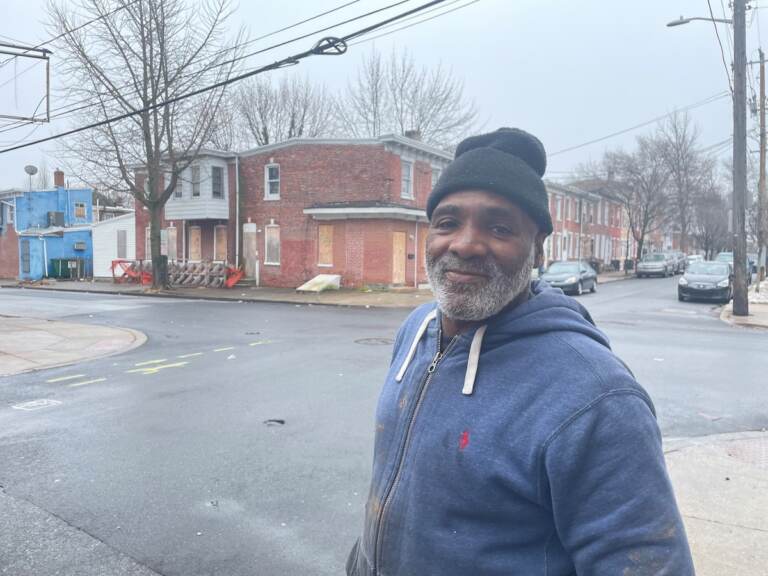
Kerry Hairston says better housing''would stop a lot of crime'' (Cris Barrish/WHYY)
Zanthia Oliver surveys the scene at Ninth and Pine streets on Wilmington’s East Side.
Oliver, the neighborhood’s city councilwoman, reminisces about how the East Side, with its narrow blocks of two-story red brick homes, was once the place to live for prominent Black leaders in Wilmington such as civil rights legal icon Louis L. Redding and Leonard Williams, a judge whose name adorns the city’s courthouse.
But over the last few decades, Oliver says, the East Side has become a “forgotten neighborhood” that’s deteriorated into a hotbed of gun violence and drug dealing.
“A lot of elderly people passed away and a lot of their kids moved out, left their homes. Then other investors came and bought them up,’’ Oliver said. “Now it’s 80-70% rentals and a lot of people just let the homes go down.”
Oliver bemoans that there are few thriving businesses except for liquor stores and convenience stores that stay open until late at night. She points to the trash on the ground and several vacant homes with plywood instead of windows.
“You just have homeless people living in there,’’ she said. “You just have rats and rodents running through. So it’s just a lot of these buildings.”
The East Side’s condition has not gone unnoticed by Mayor Mike Purzycki. There’s been a few projects to demolish ramshackle homes and rebuild them.
But now the mayor is going big.
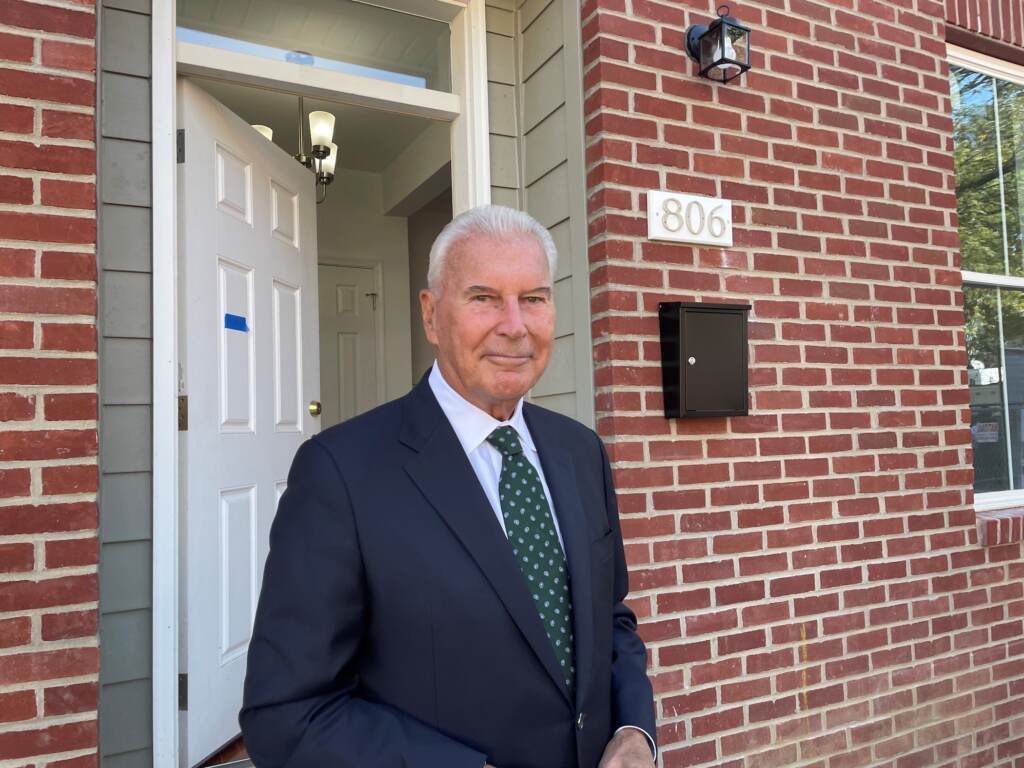
In what Purzycki calls a once-in-a-lifetime opportunity, his administration and City Council are allocating $30 million of federal pandemic relief aid toward stabilizing and revitalizing the East Side. The multifaceted initiative — the largest targeting a residential neighborhood in city history — includes new construction, full rehabilitation of existing homes, improvements to façades, systems and roofs, demolition of dilapidated and vacant properties, and nearly 300 new, brighter streetlights.
Purzycki says it’s long past time to focus money, resources, and attention to reviving the once-proud area that encompasses about a ½ square mile and 1,000 housing units. The East Side is bordered by Wilmington’s central business district and Brandywine River. It is anchored by The Bancroft School for grades 1 to 8, which is being rebuilt in a $90 million state project, and the Howard High School of Technology.
Purzycki said he aims to “show people what can happen to an entire section of the city when you dedicate enough assets to it.”
‘It’s got to be a little depressing to be there’
Among the projects, which will be done in concert with nonprofit, government and church-based housing groups:
- Woodlawn Trusts will rehabilitate 60 homes it currently owns and build 20 new ones.
- Central Baptist Church’s Community Development Corp. will finish renovation of 10 homes.
- Wilmington Housing Authority has agreed to fully rehabilitate 22 of their properties.
- Habitat for Humanity will improve the exteriors of up to 100 owner-occupied houses, and build 20 new houses along Bennett Street.
- Wilmington Land Bank will improve 10 houses and sell them below market value, ensuring that homeowners will have immediate equity in their homes.
- The city will demolish and rebuild 12 homes that also will be sold at below market value.
- The city will exhaust all avenues to try to persuade owners of some 250 vacant properties to sell or renovate them.
- Black and Latino contractors and city residents will be hired to do much of the work.
- At least 25 young city residents will be trained in construction trades, and paid for on-the job internships while they learn in the classroom and the job site.
Another $20 million of pandemic relief money will be devoted to other impoverished areas of the city, but Purzycki said the East Side is his priority for the next two years.
Purzycki, who is in his second four-year term and before taking office led the residential, dining and entertainment renovations along the Christina riverfront, acknowledged the East Side has been “neglected for decades and decades” by city, county, and state leaders.
“While there are a lot of things you can do to improve people’s lives, one thing we can do is improve the environment where our kids grow up so kids walk around and don’t internalize all the decrepit buildings and all the falling down infrastructure,’’ he said.
The days of piecemeal measures are over, he said.
“We’re going to help folks who have lived in their homes for 30 and 40 years, but no longer can afford to keep them up,’’ he said. “We are going to tear down the old vacant homes that just blight a community. It’s got to be a little depressing to be there because you can see house after house in terrible shape. You take care of yours, but there are seven or eight in a row that look awful.
“And then we’re going to build new houses and in places where we have an opportunity to do that and then create equity in a neighborhood that’s going to be uplifted, not being torn down.”
Purzycki said that by late summer, the changes should start to become visible, with multiple projects under way at the same time.
‘Better for the people to live around here’
That’s music to Councilwoman Oliver’s ears.
“I’m glad the mayor is taking the initiative to come help people like the senior citizens in the neighborhood who don’t want to move,’’ she said. “They’re holding on for dear life.”
Her message to constituents?
“Hold on. Hope is coming,’’ she said. Purzycki “could be working on any other parts of town and he chose to come over here. I think it takes a lot of courage for him to say, ‘Look, we’re going to come over here to help out the underserved, the underprivileged in a historical area that deserves it.’”
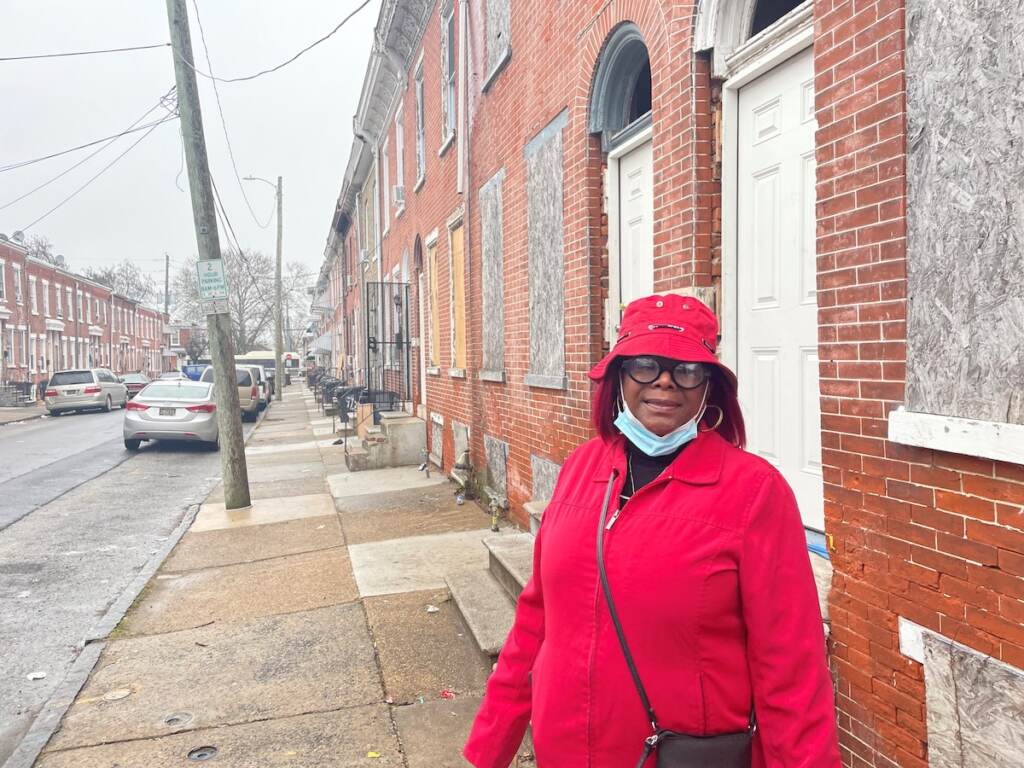
Kerry Hairston, a neighborhood resident who was doing some restoration work on one home at Ninth and Pine, agreed.
“It would be a good thing to get it all fixed up and bring it back, to keep us in the neighborhood instead of running us out of the neighborhood,’’ Hairston said during a break from the job. “It would be better for the people to live around here. And it would stop a lot of crime.”
John Watson, a retiree who was visiting Hairston at lunchtime, said the key is to keep the homes affordable.
“If you don’t, then you defeat your purpose,’’ he said. “But it’s well overdue.”
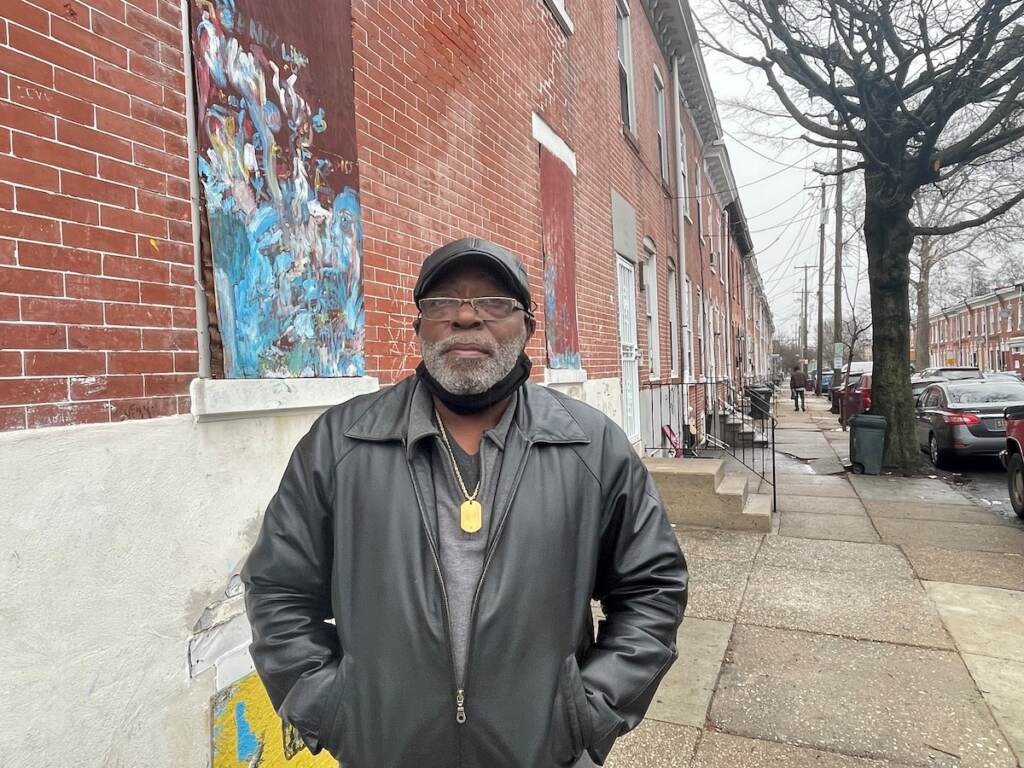
Purzycki said keeping homes affordable is an overarching goal, as is eliminating eyesores such as corner stores that have become a magnet for trouble.
“There’s no point in having a detrimental use on a corner and then trying to make the rest of the block attractive because people don’t like to live next to certain things,’’ the mayor said.
“I remember being down on the riverfront and we would get rid of the blighted properties because the first rule of development is people like beautiful places. They don’t like to live next to things that hurt the eyes. People don’t want to live right next to places where there’s a lot of gathering and a lot of mischief and a lot of hell raising.”

Saturdays just got more interesting.
WHYY is your source for fact-based, in-depth journalism and information. As a nonprofit organization, we rely on financial support from readers like you. Please give today.



